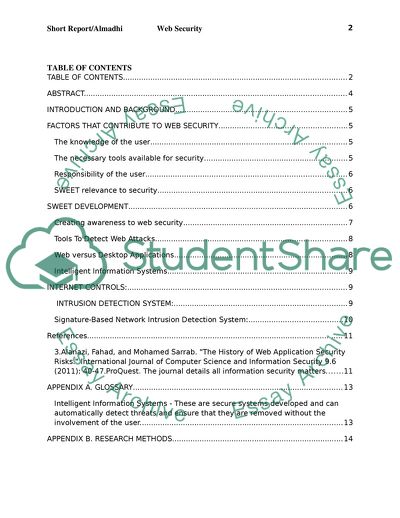Cite this document
(Web Security Importance Coursework Example | Topics and Well Written Essays - 3000 words - 1, n.d.)
Web Security Importance Coursework Example | Topics and Well Written Essays - 3000 words - 1. https://studentshare.org/information-technology/1802313-web-security
Web Security Importance Coursework Example | Topics and Well Written Essays - 3000 words - 1. https://studentshare.org/information-technology/1802313-web-security
(Web Security Importance Coursework Example | Topics and Well Written Essays - 3000 Words - 1)
Web Security Importance Coursework Example | Topics and Well Written Essays - 3000 Words - 1. https://studentshare.org/information-technology/1802313-web-security.
Web Security Importance Coursework Example | Topics and Well Written Essays - 3000 Words - 1. https://studentshare.org/information-technology/1802313-web-security.
“Web Security Importance Coursework Example | Topics and Well Written Essays - 3000 Words - 1”. https://studentshare.org/information-technology/1802313-web-security.


